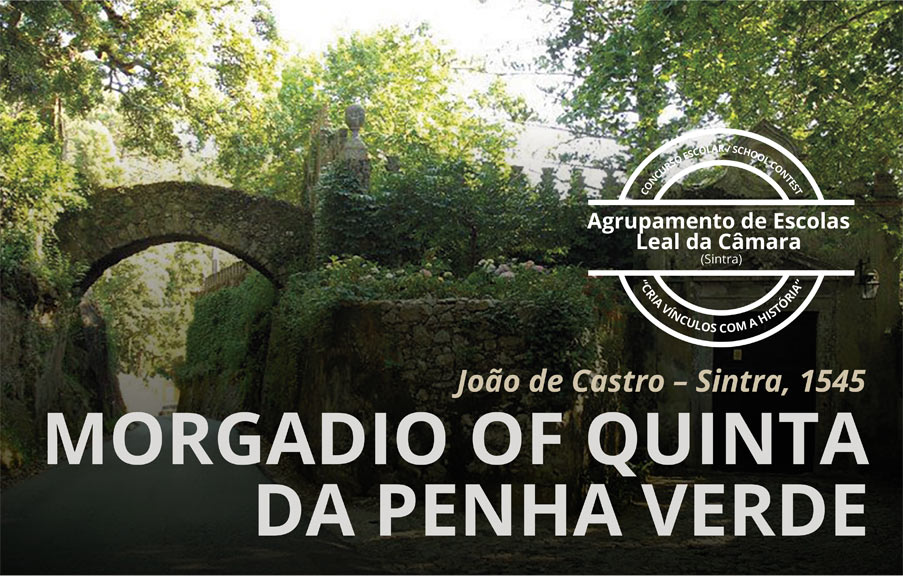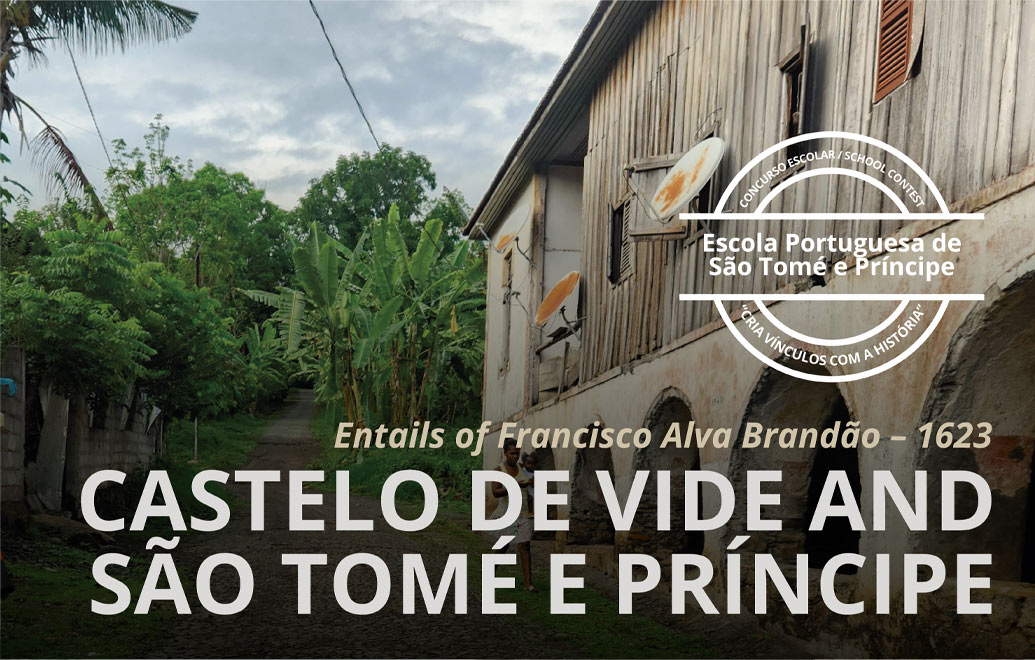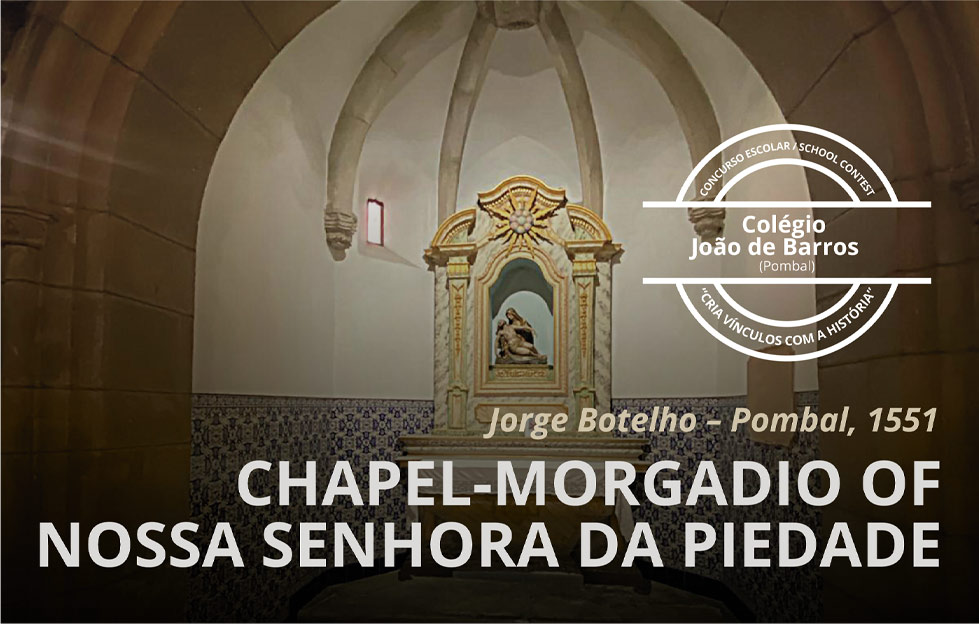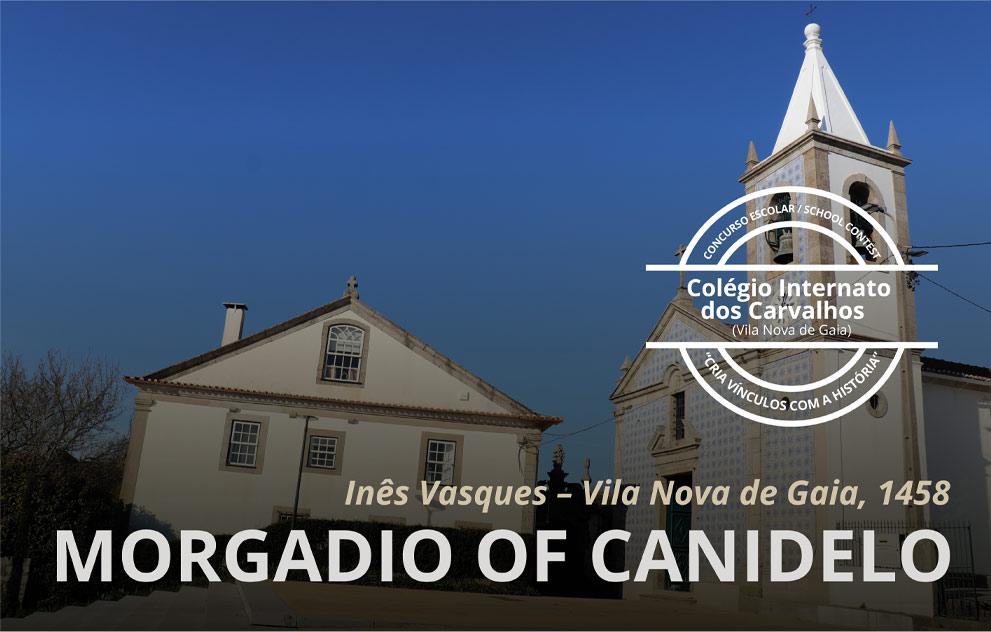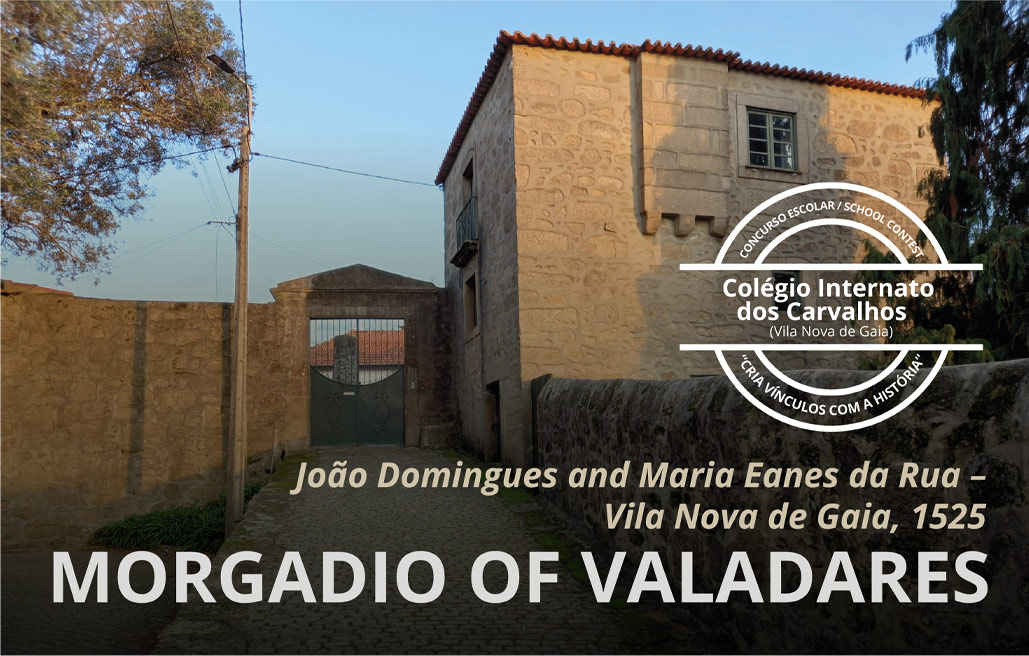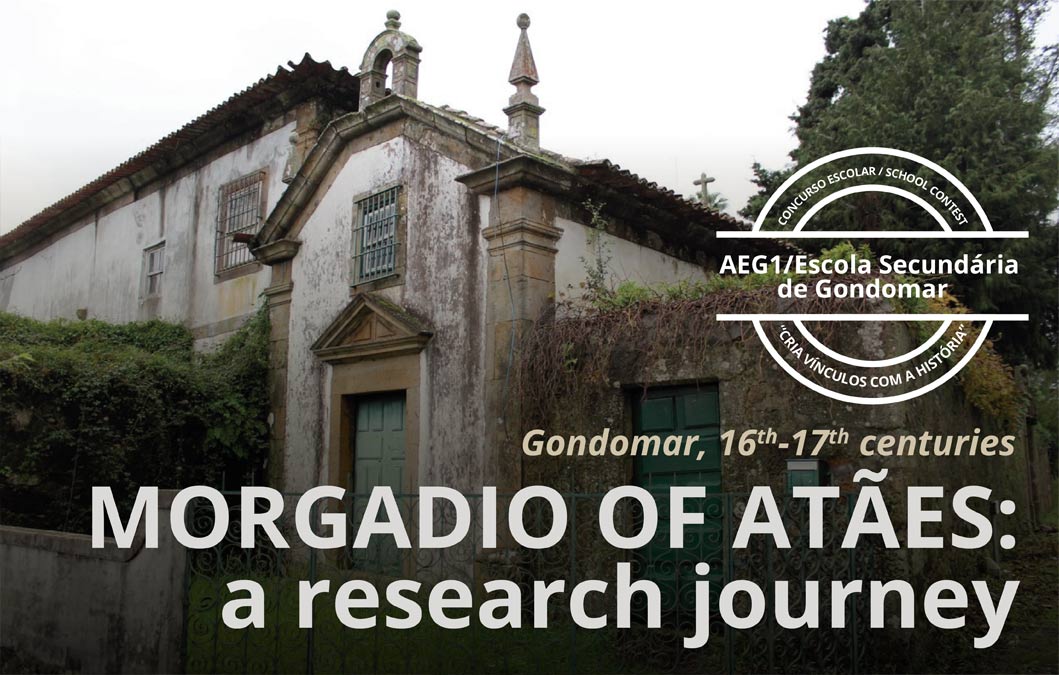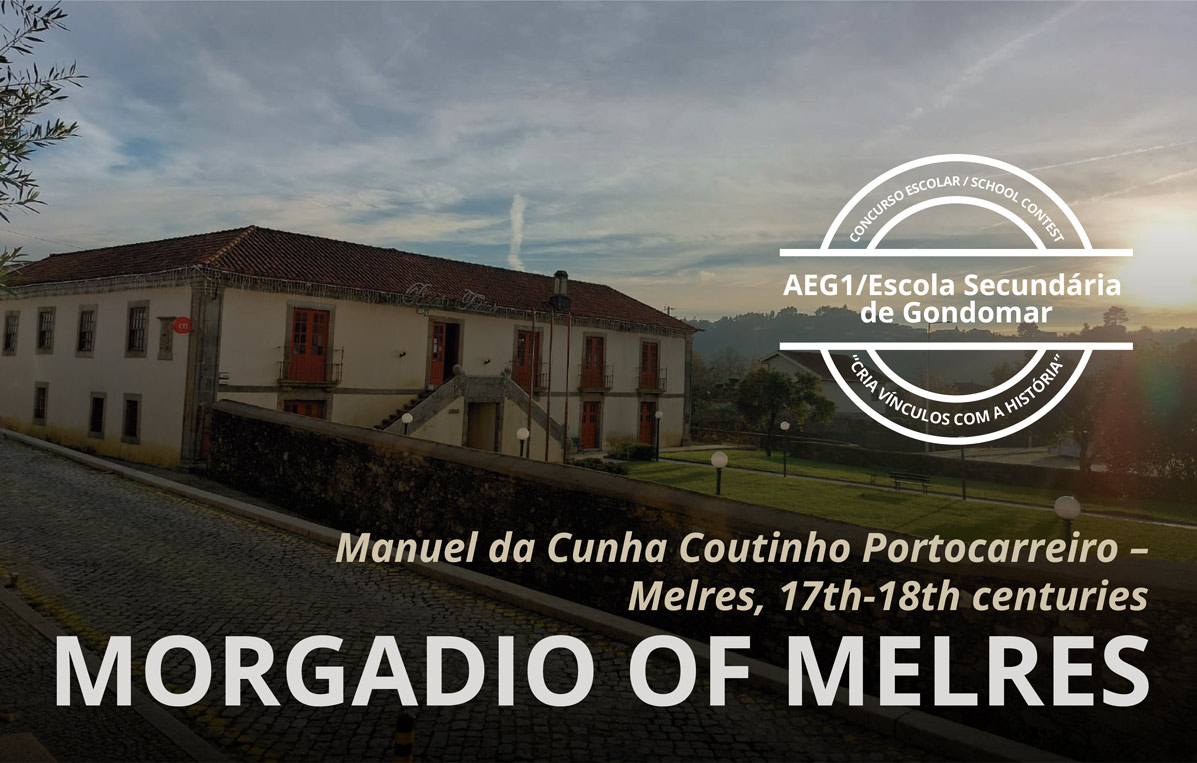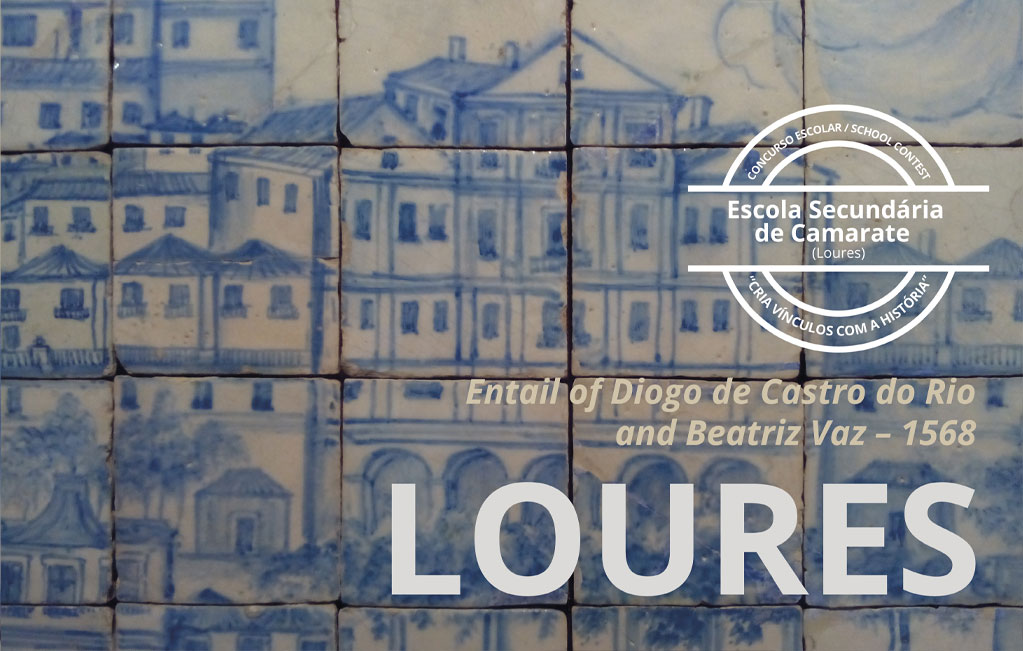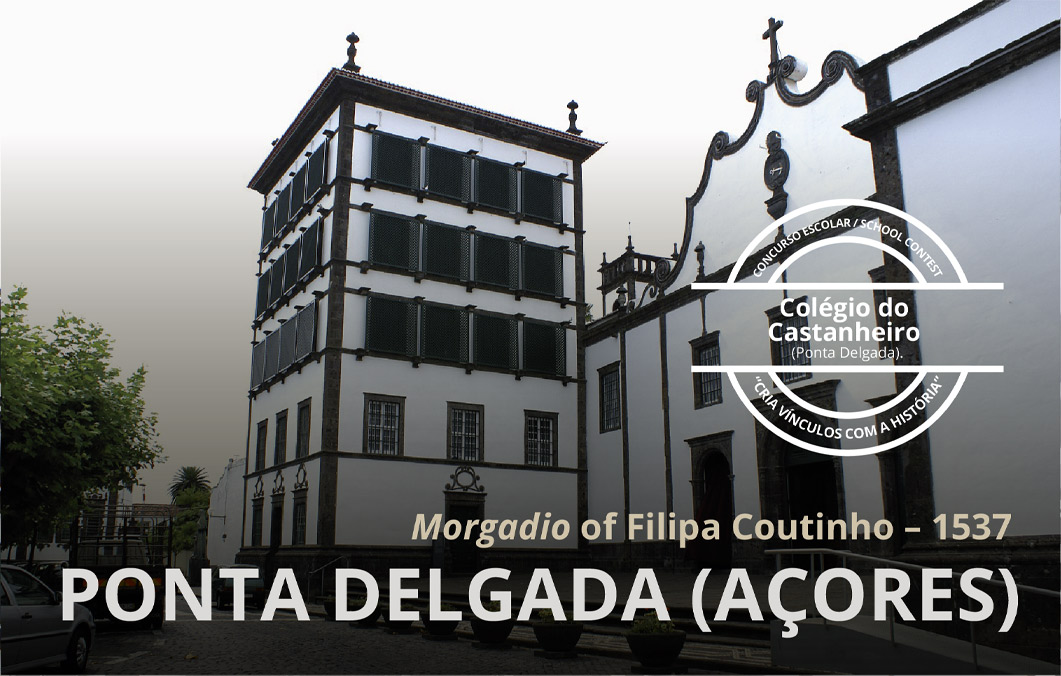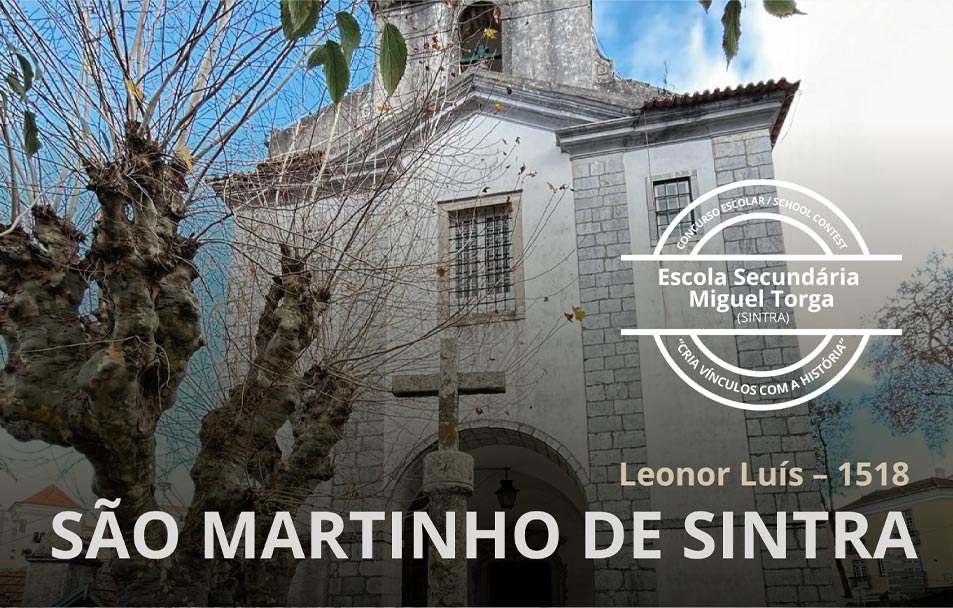Entail of the month (May, 2023)
Entail of António Barbosa Aranha and Ana Baldaia
Ponte de Lima, 1565
On April 10, 1565, António Barbosa Aranha and Ana Baldaia made their last will in their dwelling houses in Além-Ponte, near the west entrance of Ponte de Lima. Counted among the main people of the village and endowed with considerable wealth, it was their disposition to establish an entail and to found an impressive family chapel in the town’s main church, placing it under the invocation of the Virgin of the Rosary.
[Fig. 1] View over the street and suburb of Além-Ponte, where António Barbosa Aranha and Ana Baldaia lived, according to an engraving of 1785 opened for the classic Estrangeiros no Lima, by Manuel Gomes de Lima Bezerra.
António Barbosa Aranha was not a native of the town where he came to prosper and to head his morgadio. The origins of the family were downstream, in the port of Viana, where, in his great-grandfather’s generation, the Aranha family had gained fame in the context of a dynasty political battle as indefectible supporters of the Master of Avis, the future king. Being among the last of the many sons of Rui Vaz Aranha (GAIO, 1989: I, 468-469), his career ran under the patronage of the crown, which he came to serve for many years at the head of the almoxarifado de Ponte (ANTT, Chancelaria de D. João III, Doações, ofícios e mercês, liv. 41, fl. 158v). The local preeminence and the abundant funds he earned in this position are well illustrative of the opportunities that the state bureaucracy was then beginning to offer to the regional elites, and particularly to their second-born sons. The search for his own earnings would also have led him to seek property by marrying an heiress such as Ana Baldaia, from the old rural nobility of Ponte de Lima, with plenty of land in the parish of Fornelos (ACA, Mostrador dos vínculos…, fls. 14-16v).
The chapel that the couple charged their heirs to build was part of an area of great prestige, which had been constituted as a showcase of the earnings and dignities of the county elite, and where some opulent entails were already headed. Not neglecting the functions of public representation that it fulfilled, the testators wanted to ensure that it would be more upright, ordering that it be made “very good in vault with its portal well carved and crafted”, and that it be provided with “a very good retable”. At the end of the arch that communicated with the nave, the “Barboza’s coat of arms” had to be placed in public view, and the necessary graves on the floor, with their “monuments and everything else” (ACA, Testamentos, instituições de vínculo e subrogações, doc. 66, fl. 12r).
[Fig. 2] Coat of arms with the Barbosa and Aranha shield on the façade of the so-called Barbosa Aranha house, in the center of Ponte de Lima. Although it was not part of the assets of the entail, this impressive tower residence is today the most notorious physical memory of the family in the urban fabric of the town.
The extensive will of António Barbosa Aranha and Ana Baldaia is ambitious in the pious obligations it demands from the administrators, stipulating four weekly masses (*). These were added to the masses sung on all the feasts of the Virgin. The will is also meticulous in the conditions it imposes on the succession process, establishing the obligation to use the surname Barbosa and (more unusually) that its administrators should live within a radius of four leagues of the entail’s seat. Perhaps still echoing the pride of the old Aranhas from Viana, it is determined that in addition to being good Christians, they must be irreproachable in their fidelity to the King of Portugal, and free of any taint of crime, “as if the one who committed such had not been born” ACA, Testamentos, instituições de vínculo e subrogações, doc. 66, fl. 12r-v). Furthermore, it was incumbent upon them to annex in each successive generation one third of their respective assets to the patrimony of the entail.
The administration followed linearly in the institutor’s descendants through his daughter Inês Barbosa for four generations. By the middle of the seventeenth century, the death of the last administrator at the convent of Vairão, where she had retired without children, led to a heated legal dispute between relatives – which, due to its intricate nature, merited case-study honors in the classic treatise by Manuel Álvares Pegas on the institution of the morgadio (PEGAS, 1687: 327-337). Initially, Francisco Barbosa Aranha, great-grandson of a brother of the founder, took possession of the property. However, a sentence, given on January 2, 1673, turned out to be favorable to the line of his sister, Ana Barbosa – the judge João de Carvalho Henriques reasoning that, making the succession by collateral, the proximity of degree took precedence over the value of the male line (PEGAS, 1687: 328). Because this branch was extinguished one generation later, another sister, Inês Barbosa, was presented under the same argument, in whose descent it remained.
[Fig. 3] Eighteenth-century genealogical scheme concerning the ancestry and marriage of Ana Baldaia, included in some notes about the entail in the Archive of Casa de Aurora, Ponte de Lima.
Although the legal battle was costly and stressful for the family, the Barbosa Aranha entail turned out to be difficult to manage, due to its heavy charges and comparatively meager fruits. In 1776, in the framework of the crown’s campaign against the small entails of scarce patrimony, the then administrator, Feliciana Quitéria Antas de Barbosa, living in Quinta do Golfeiro in Refóios do Lima, obtains a royal provision for its abrogation. This opens the way for her son heir, José Lourenço da Gama Araújo Azevedo Antas Barbosa, to sell the Rosário chapel on May 8, 1782, signing a deed of sale to the Brotherhood of Nossa Senhora da Expectação for 80$000 réis (ACA, Testamentos, instituições de vínculo e subrogações, doc. 66 [apêndice], fl. 3).
Miguel Ayres de Campos Tovar
Coordination: Maria de Lurdes Rosa
(*) “segunda feira dos Fieis de Deos, os quais roguem a Nosso Senhor por nossas almas e dos nossos antepassados […], quinta-feira a honrra do Espirito Santo, sexta-feira a honrra da Paixão de Nosso Senhor que lembre de nossas almas pella Sua Mizericordia, ao sabado outra missa a honrra de Nossa Senhora do Rozario”. (ACA, Testamentos, instituições de vínculo e subrogações, doc. 66, fl. 12v).
Sources and bibliography
ARQUIVO DA CASA DE AURORA (ACA), Testamentos, instituições de vínculo e subrogações, doc. 66, instituição do vínculo de António Barbosa e sua mulher Ana Baldaia [e apêndices].
———-, Mostrador dos vinculos e prazos e mais bens que tem esta Caza de N. Sr.ª d’Aurora do Arrabalde de Ponte de Lima… [1840], ms. sem cota atribuída.
ARQUIVO NACIONAL DA TORRE DO TOMBO (ANTT), Chancelaria de D. João III, Doações e mercês, liv. 41, fl. 150v, carta de nomeação de António Barbosa para almoxarife de Ponte de Lima.
GAIO, Manuel José da Costa — Nobiliário de Famílias de Portugal. Braga: Edição de Carvalhos de Basto, 1989 [fac-simile da 1.ª edição].
PEGAS, Manuel Álvares — Tractatus de exclusione, inclusione, sucesione et erectione majoratus […] pars secunda […]. Lisboa: Sumptibus Antonii Leyte Pereyra, 1687.
Other entails of the month



